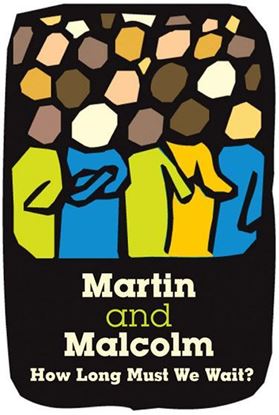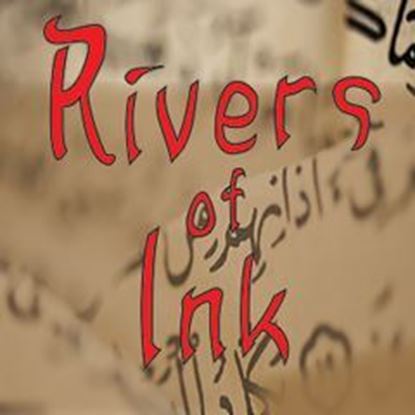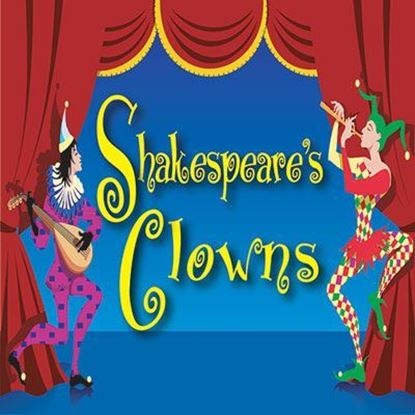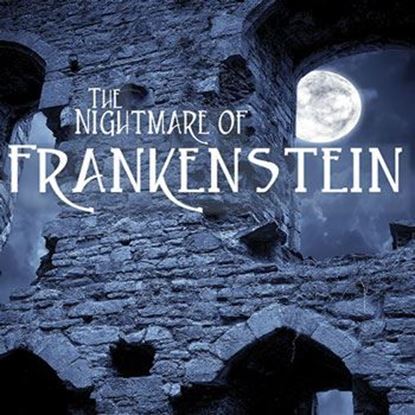One-Act Plays
Martin and Malcolm: How Long Must We Wait?
Drama by Tom Quinn
30 pages
2 m 2 f (can be expanded)
Martin Luther King and Malcolm X are forever linked in the history of the Civil Rights movement. This play featuring four actors playing different roles from history and present day examines the legacy of these two men and attempts to judge where we are today in terms of realizing their dreams. Utilizing the spoken words of both Dr. King and Malcolm X, "How Long Must We Wait" looks both backward and forward in coming to grips with race in America. This is the last in a series of plays that includes "Freedom Riders" and "No Easy Road to Freedom" and is intende...
Rivers of Ink
Drama by Henson and Menefee
24 pages
5 m, 3 w, and ensemble
Hassan works as a scholar in the House of Wisdom specializing in translating legends. She spends her days alongside her father and twin. Together they are all living a dangerous secret. It is 13th century Bagdad at the height of Islamic civilization and women are forbidden in the House of Wisdom, so Hassan and her sister are posing as men. The daughters are living a protected and peaceful life, yet Hassan dreams of travelling the world. The arrival of a new scholar expands Hassan’s horizons, but will he jeopardize her secret identity as well as her future? Wh...
Flamboyant Man in the Rain
Drama by Richard T. Young
Who's Accused?
Comedy by J. Michael Shirley
20 pages
4 m, 4 w, 2 flexible parts and extras
Here's a comedy about good-ol-boy law and (dis)order in the deep South! As various denizens of Redwine County testify, we find out an entire murder trial is based on the "facts" that the local undertaker needs some business and the sheriff's cleaning lady thinks the accused sorta looks like that criminal on TV the other night. Luckily, the defense council is not about to let her new client swing from the hangin' tree! A young newspaper reporter covering this most unusual and hilarious trial serves as narrator.
Shakespeare's Clowns
Comedy by Lane Riosley Rebecca Byars
41 pages
2 m, 2 w
This play is a gathering of some of the most clever characters ever written! It provides examples of the clownish, comic characters written by William Shakespeare in many different kinds of productions through the ages. Far from circus clowns in face paint, these are clowns in the broadest sense, varying in sizes, shapes, ages and types. A few of the characters include the rude Mechanicals in “A Midsummer Night’s Dream,” Constable Dogberry in “Much Ado About Nothing,” the boastful Sir Jon Falstaff in “The Merry Wives of Windsor,” the boisterous sisters Bianca...
He Said, She Said, or a Short History of Boy Meets Girl
Comedy by Reid Conrad
27 pages
2 m, 2 w, ensemble cast of 4-15 flex
Boy Meets Girl! Boy Loses Girl! But will Boy get Girl back again? Nothing is that easy. Through Barbara and Walter, co-narrators, a boy and girl demonstrate love – from the basic Neanderthal beginnings, to the use of Shakespeare to describe it, then to the Dark Ages, World War II, and into the future – all while an ensemble cast brings humor and action onto the stage. This fast-paced one-act play provides flexibility as any number of actors can be a part of the chorus or perform one of the many smaller roles.
Roman Fever
Classic by Renee Rebman
23 pages
2 m, 7 w, doubling possible
Adapted Renee Rebman from the story by Edith Wharton. A period piece set in the 1920s, this play provides an opportunity for two old friends, Mrs. Ansley and Mrs. Slade, to sit in an outdoor cafe in Rome and reminisce about the past. Now both widowed, the women begin to examine their strangely intertwined lives. A dramatic and emotional confrontation reveals a startling secret that is explored through well-staged flashbacks. A twist of fate long buried in the past leads to a surprising ending that will leave their friendship marked and the women changed forev...
The Nightmare of Frankenstein
Drama by Walsh and Noll
34 pages
2 m, 2 w, 4 flexible
The House of Frankenstein is in turmoil. Victor Frankenstein, engaged to a woman he deeply loves, has fallen into a fit of despair. The cause of Victor’s behavior is, in fact, a Creature he brought to life. Contrary to what Victor intended, however, his Creature is hideous to look upon. So much so, that the Creature has covered his face so he won’t have to see his own reflection. Desperate, the forlorn Creature strikes a bargain with Victor: If the young scientist will create a suitable bride for him, the Creature will retire with her to the cold and distant ...
Through the Looking Glass
Classic by Jim Geisel
36 pages
With doubling: 2 m, 4 w.
Before putting "Through the Looking Glass" down on paper in 1860s, Lewis Carroll told a colleague’s young daughter, Alice Liddell (the real Alice in the books), the story of talking chess pieces. The novel, of course, was a sequel to his earlier one, "Alice in Wonderland." This play is set in the early 1920s as a now elderly Alice Liddell reflects on the telling of the story. Faithful to Carroll’s expression of childhood fears of growing up, this adaptation keeps the Victorian charm and merriment by maintaining Carroll’s scenes intact. The audience is transpo...









